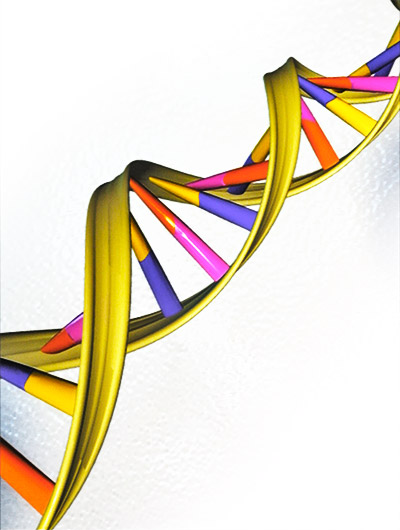Welcome to Iris Biotech
For better service please confirm your country and language we detected.

For better service please confirm your country and language we detected.

Thank you very much for your interest in our products. All prices listed on our website are ex-works, Germany, and may attract customs duties when imported.
You may/will be contacted by the shipping company for additional documentation that may be required by the US Customs for clearance.
We offer you the convenience of buying through a local partner, Peptide Solutions LLC who can import the shipment as well as prepay the customs duties and brokerage on your behalf and provide the convenience of a domestic sale.
Continue to Iris Biotech GmbHSend request to US distributorPublished on 09.02.2017
7. Click Chemistry in DNA Synthesis
a) Applications and Procedures in DNA Synthesis

Due to its unique bioorthogonality the Click reaction is very useful also in any oligonucleotide synthesis. Simple or no workup and purification of the product are further advantages. However, the use of this method for DNA modification has been somewhat delayed by the fact that copper ions damage DNA, typically causing strand breaks [1]. As these problems have now been overcome by the use of copper(I)-stabilizing ligands (e.g. tris(benzyltriazolylmethyl)amine, TBTA [2]), Carell et al. and Seela et al. discovered that the CuAAC reaction can be used to functionalize alkyne-modified DNA nucleobases with extremely high efficiency [3-5].
A broad field of applications opens by using DNA Click components:
References
Published Examples of Click Reactions in DNA Synthesis:
These protocols may be used as a starting point with further optimization.
Preparation of the “Click Solution”:
Click Procedure for Short DNA:
Procedure using CuBr: To 5 μl of a 2 mM DNA solution (10 nmol) in water, 5 μl of an azide solution (10 mM, 50 nmol, 5 eq.), 3 μl of a freshly prepared solution containing 0.1 M CuBr and 0.1 M TBTA ligand in a 1:2 ratio in 3:1 DMSO/t-BuOH is added. The mixture is thoroughly mixed and shaken at 25 °C for 3-4 h. The reaction is subsequently diluted with 0.3 M NaOAc (100 μl) and the DNA is precipitated using 1 ml cold EtOH. The supernatant is then removed and the residue is washed twice with 1 ml cold EtOH. The washed residue is redissolved in pure water (20 μl) and can be used without further purification.
Considerations for the CuBr method:
The labelling reaction works more efficiently with concentrated solutions of alkynes (oligo) and azides (label). The best way to carry out the click reaction is to mix the oligo and the azide-label in a minimal amount of solvent (Alkyne / Azide ratio: from 1:2 to 1:10 for high density labelling reactions, e.g. 10 alkynes in a row). The click reaction is normally accelerated by elevated temperature and can be ready in less than 30 min when the reaction temperature is around 40 - 45 °C. The reaction time depends on:
a) concentration of azide and oligo in the solution;
b) reaction temperature;
c) stirring and/or mixing of the solution.
The work-up of the reaction is normally carried out by precipitation of the labelled oligo.
Click Procedure Using Alternative Cu(I) Sources:
Procedure using TCEP: To 25 μl of a 0.5 mM DNA solution (12.5 nmol) in water, 6.25 μl of an azide solution (0.1 N, 625 nmol) and 10 μl of a solution containing Cu(II)-salt (CuSO4) and TBTA ligand in a 1:2 ratio in 4:3:1 water/DMSO/t-BuOH is added (0.05 N, 250 nmol). The mixture is vortexed and 5 μl of a freshly prepared tris-(2-carboxyethyl)-phosphine (TCEP) solution in water is added (0.1 N, 500 nmol). The solution is shaken at 15 °C over night and subsequently diluted with water (200 μl) and used for gel electrophoresis without further purification. Instead of TCEP, also sodium ascorbate can be used.
Click Procedure for a 300 bp PCR Product:
To 10 μl DNA solution (1-4 pmol DNA, 10 mM Tris), 10 μl fluorescein azide solution (5 mM, diluted with 10 mM Tris with 5 % t-BuOH from a stock of 0.1 N in DMSO) and 10 μl precomplexed Cu(I) is added (10 mM; 1 mg CuBr (99.99%) dissolved in 700 μl of 10 mM TBTA ligand in t-BuOH/DMSO 1:3). The sample is shaken at 37 °C for 2 h. Then formamide buffer is added and the samples are analyzed using a 5 % PAGE gel. Control experiments show that the reaction is completed in less than 30 min.
Additional References related to Click Chemistry and DNA Synthesis: